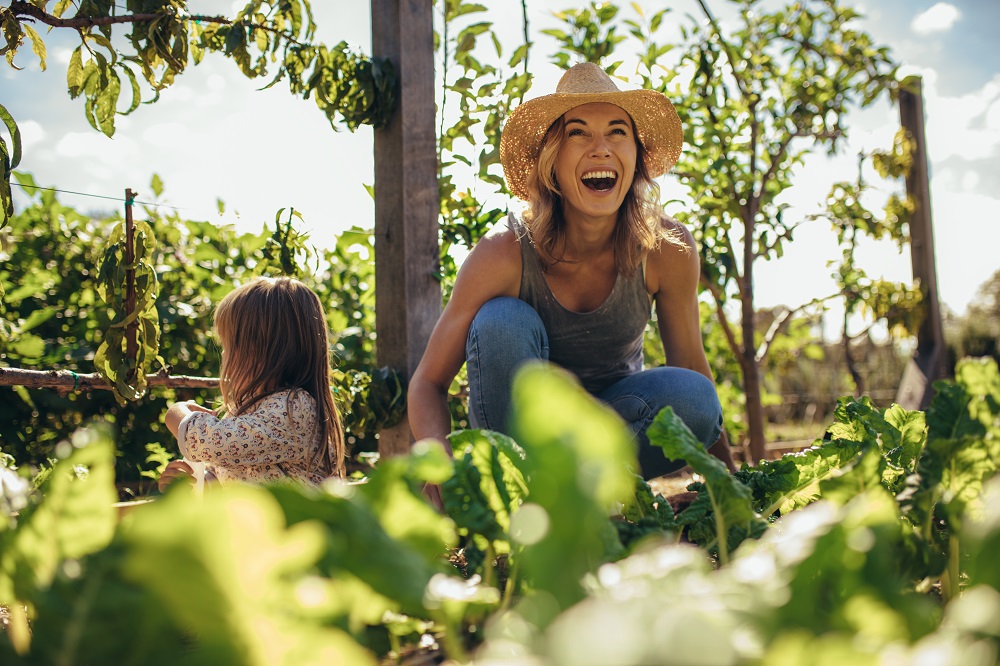A family-friendly garden is a place where both children and adults can connect with nature, relax, play, and learn together. It’s a haven that promotes outdoor activities, fosters a love for the environment, and provides a safe and enjoyable space for everyone. Whether you have a sprawling backyard or a small urban plot, transforming your outdoor space into a family-friendly garden is both rewarding and achievable.
In this article, we’ll provide you with a comprehensive guide on how to make a family-friendly garden that caters to the needs and interests of all family members.
- Safety First
Before you start planning the design and features of your family garden, prioritize safety. Ensure that the space is free from hazards that could potentially cause harm to children. Here are some safety measures to consider:
- Fencing: install a secure fence around your garden to prevent children from wandering into potentially dangerous areas. Ensure you ask specialist fence and deck builders to install the fence.
- Childproofing: remove or secure any sharp objects, chemicals, or tools that may pose a risk to children.
- Plant Selection: be mindful of the plants you choose; avoid poisonous or thorny varieties.
- Play Area: designate a safe play area with soft surfaces like grass or rubber mulch.
- Kid-Friendly Zones
Dedicate specific areas of your garden to cater to the interests and needs of your children:
- Play Area: create a space with swings, a sandbox, a climbing structure, or a playhouse. These elements encourage physical activity and imaginative play.
- Sensory Garden: plant fragrant flowers, herbs, and textured plants that stimulate the senses. Let children touch, smell, and even taste some of the plants.
- Vegetable Patch: teach your children about where food comes from by involving them in planting and maintaining a small vegetable garden. It’s a fun way to educate them about sustainability and healthy eating.
- Involve Children in Planning and Planting
Engage your children in the garden planning and planting process. This not only makes them feel connected to the space, but also teaches valuable lessons about responsibility and nature. Let them choose some plants or decorations and assign age-appropriate gardening tasks.
- Wildlife-Friendly Features
Introduce elements that attract wildlife, such as bird feeders, birdhouses, butterfly gardens, and a small pond (if space permits). Observing birds, butterflies, and other creatures can be a fascinating and educational experience for children.
- Educational Opportunities
A family garden can be an outdoor classroom. Incorporate educational aspects by:
- Labeling plants: use simple labels to identify the different plants in your garden.
- Butterfly or insect identification: encourage children to observe and identify the insects that visit your garden.
- Nature journaling: provide notebooks and art supplies for children to sketch and record their observations.
- Outdoor Dining and Relaxation
Design a comfortable space for family meals and relaxation. Consider adding a patio or deck with outdoor furniture, a picnic area, or a cozy corner with cushions for reading or stargazing.
- Seasonal Interest
Ensure that your garden offers something to see and enjoy throughout the year. Plant a variety of flowers, shrubs, and trees that bloom or change color in different seasons. This creates an ever-evolving landscape that keeps everyone engaged.
- Low-Maintenance Options
Choose low-maintenance plants and features to reduce the time and effort required for garden upkeep. This allows more time for family enjoyment and less time spent on maintenance chores.
Creating a family-friendly garden is a wonderful way to bond with your loved ones, foster a love for nature, and provide children with a safe and stimulating environment. By incorporating safety measures, dedicated play areas, educational opportunities, and comfortable spaces for relaxation, you can design a garden that caters to your family’s diverse needs and interests.
Remember that a family garden is a dynamic space that can evolve over time, so be open to making adjustments and adding new features as your family grows and changes. Happy gardening!

